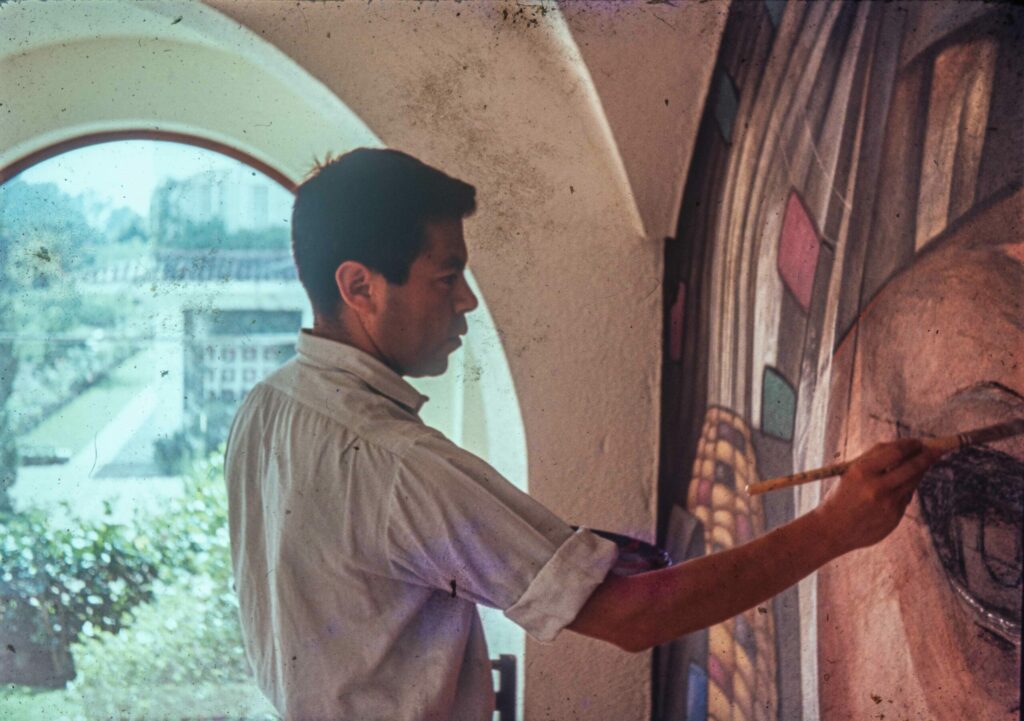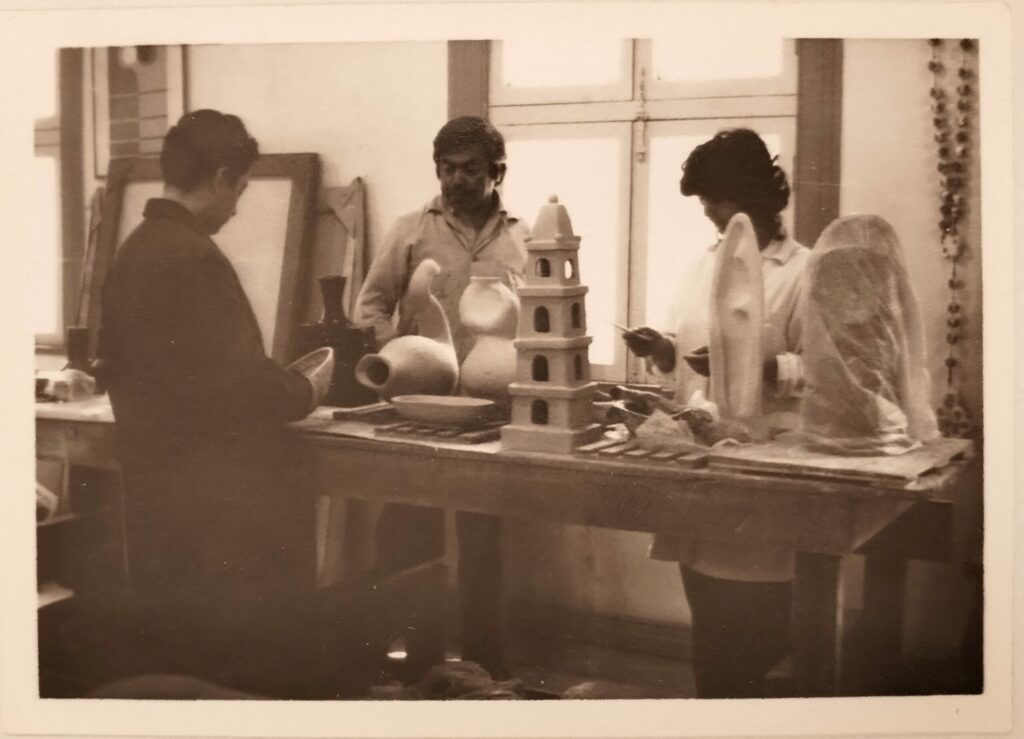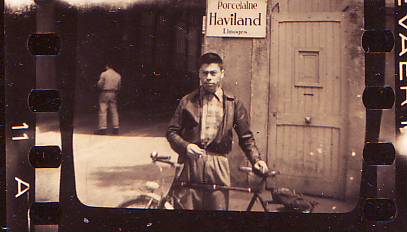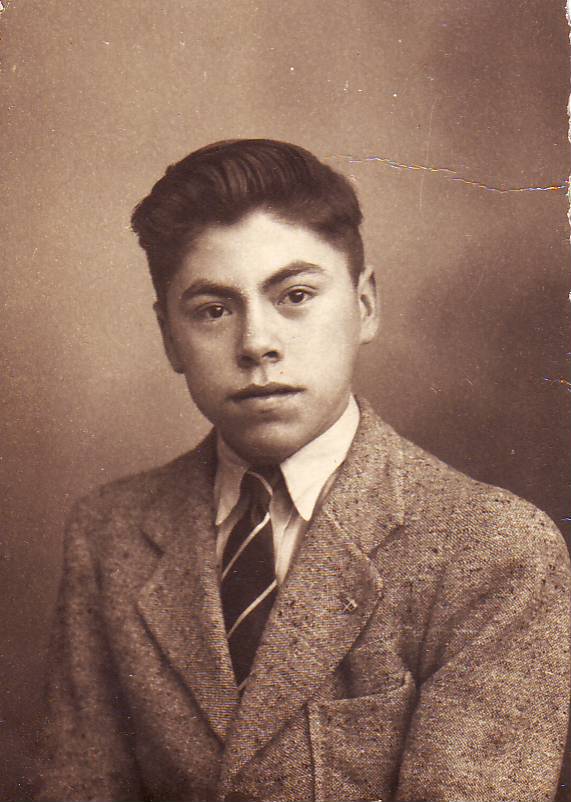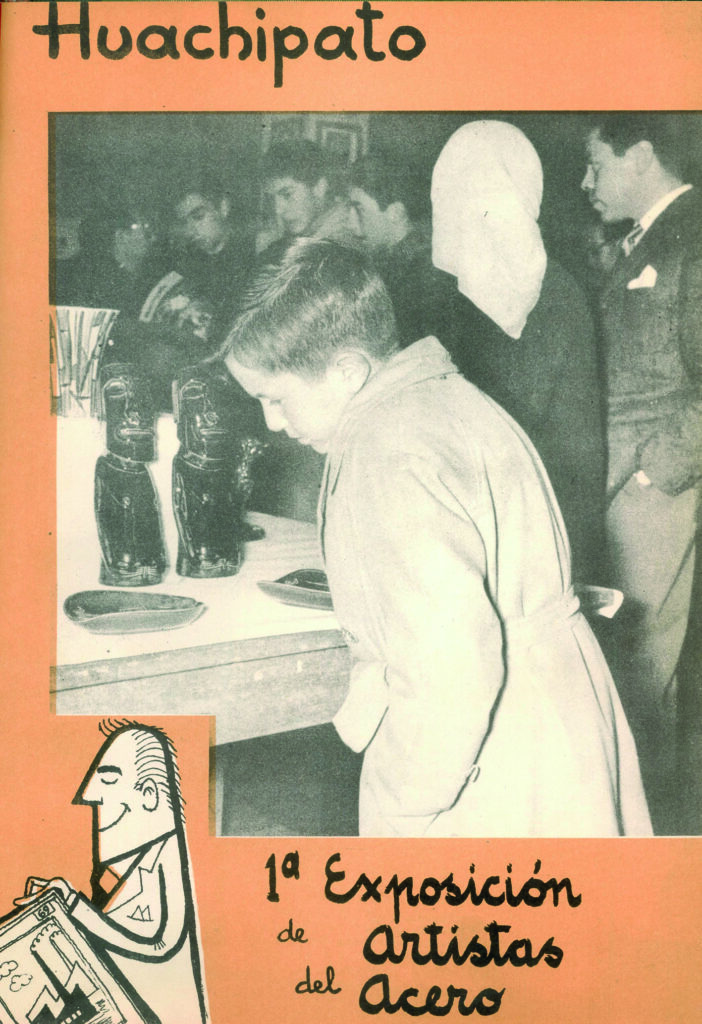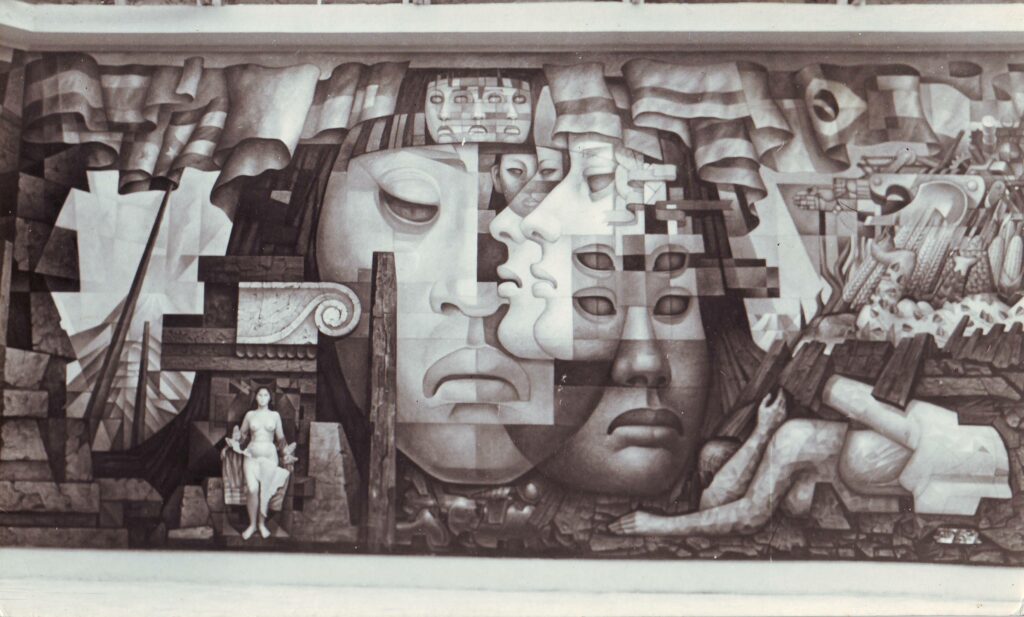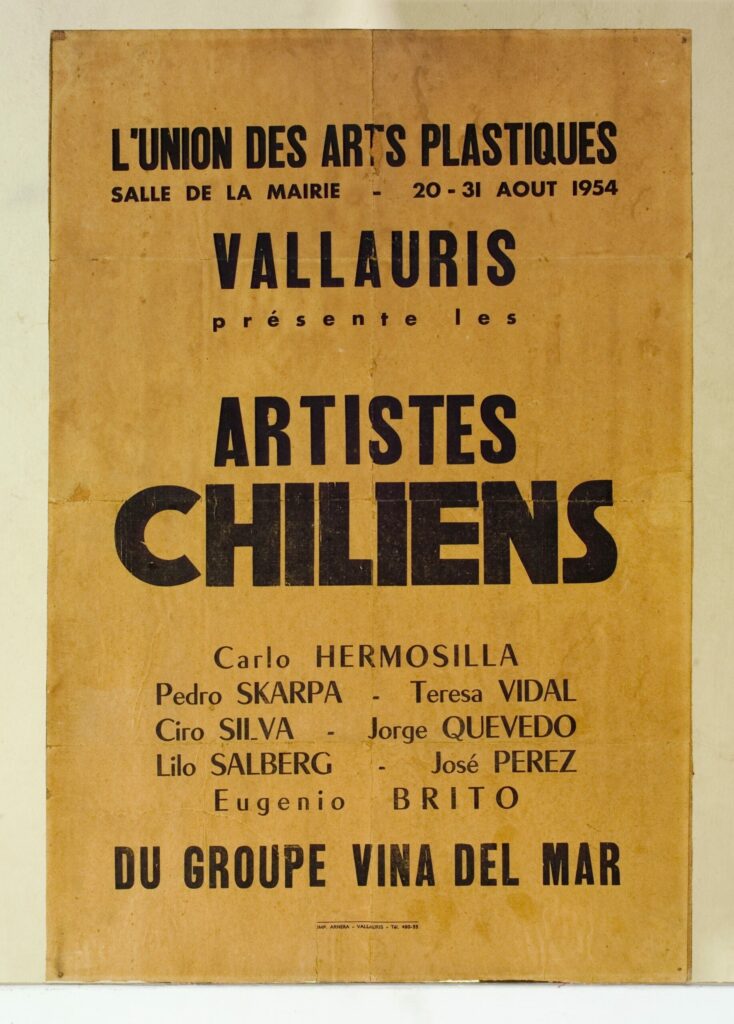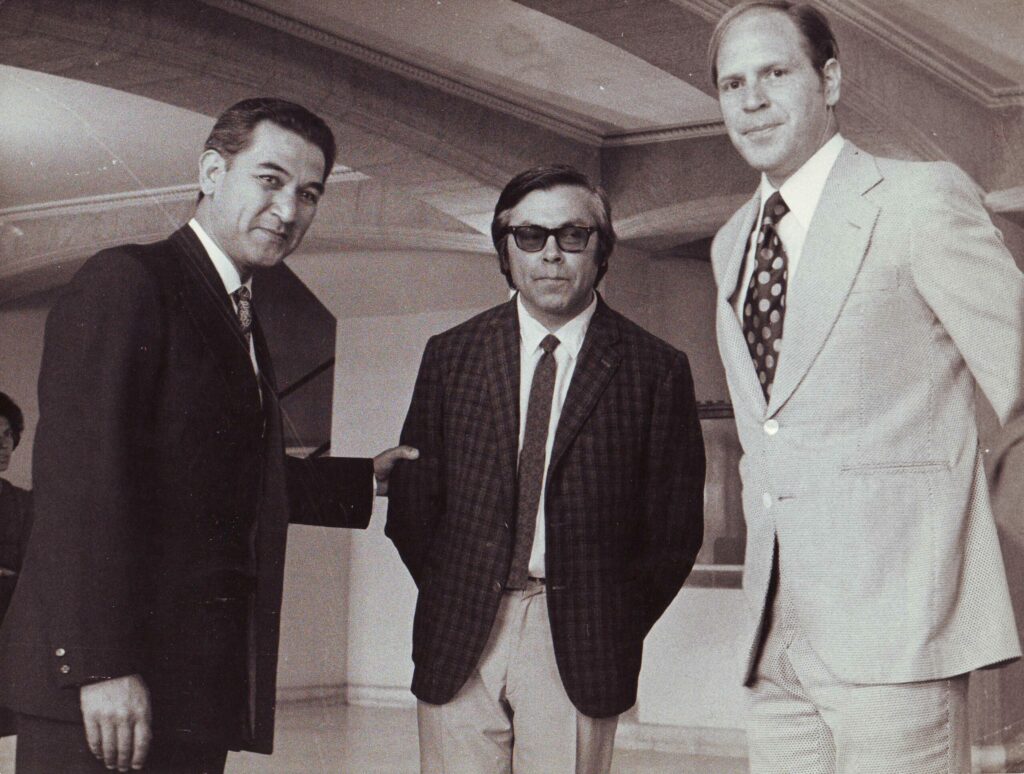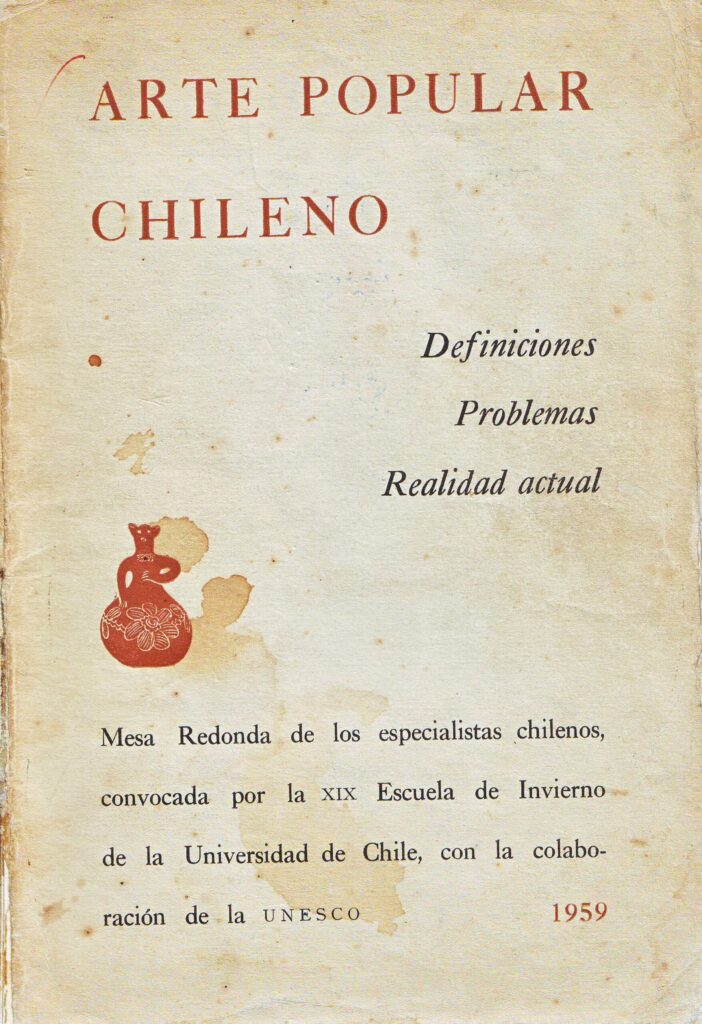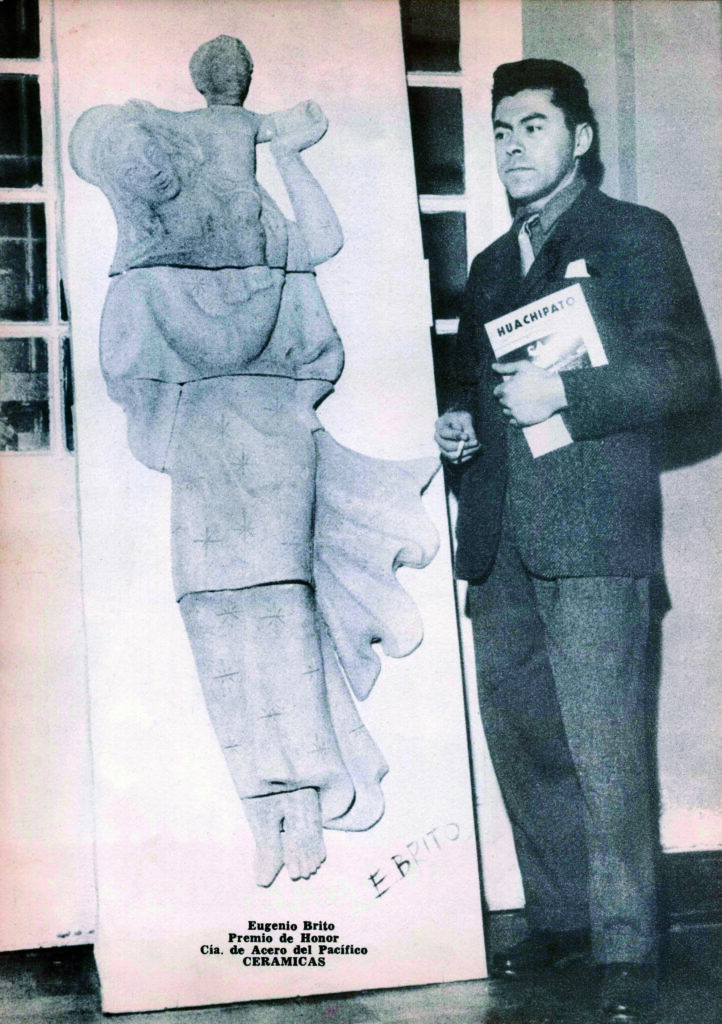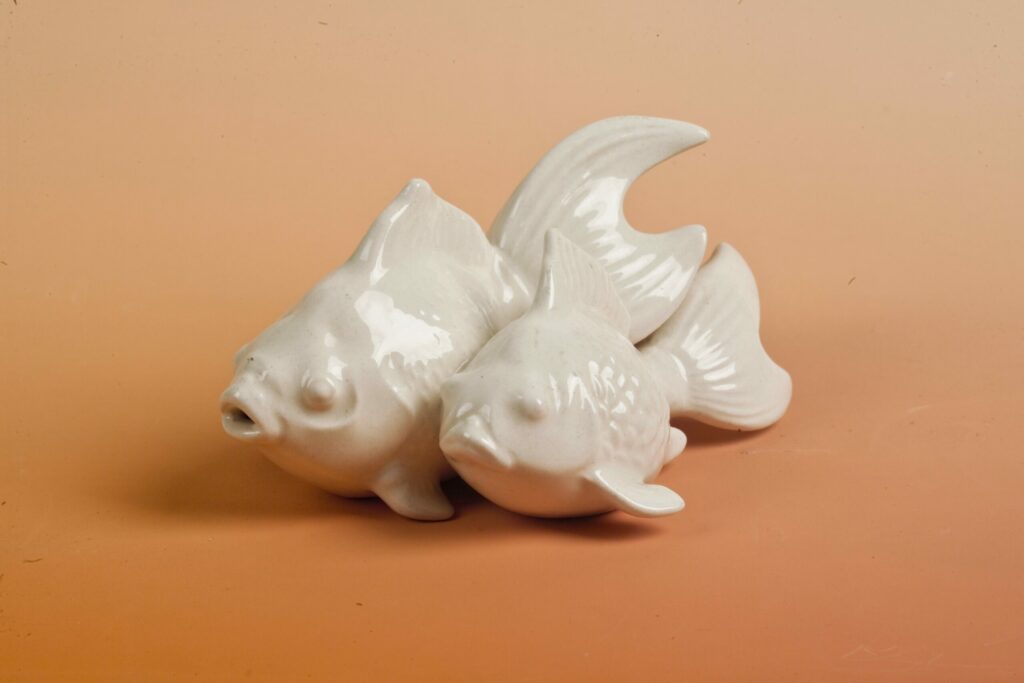Eugenio Brito is a complete visual artist, an integrated artist, and an imperative assertion with multiple facets and interpretations. He is part of a generation of visual artists who had the foresight to incorporate their preferred creative work into the second half of the twentieth century. The imperatives of a historical and cultural moment typical of the Latin American region and the determinants of a particular spirit of time (Zeitgeist) determine the work’s chronological dimension.
His desire’s property is the management and comprehensive formal mastery of numerous ways of expression in the plastic arts of this critical epoch. He not only cultivates easel painting regulations that establish extensions, developments, and appropriate techniques (oil, acrylic, mixed techniques), but he also devotes significant time to other methods of producing the required images: minor and specific graphic techniques, drawing, watercolor, engraving, and testing lithography with special emphasis. He also engages with mural painting, which provides him with good opportunities to establish a massive discourse in some of them. Examples can be found in many cities throughout the country where he has settled to develop his existential experience and work. (See biography).
We can deduce the circumstances of a very wide variety of plastic signals that make up his particular repertory from the causes that motivated him to produce images in his work. The presence of the great guiding masters, indicative of this American commitment to pursue precise means and ways of realization, could not leave him indifferent when inserted into the purview of Southern American art. The Mexican art movements of the first half of the twentieth century, particularly in their early decades, would have a wide range of spontaneous and direct influences on him.
However, the presence of the second generation of Mexican muralists, particularly González Camarena, would have a significant impact on his creative journey. The execution of the mural painting “Presence of Latin America” in the Pinacoteca of the University of Concepción in the early 1960s allowed him, already with extensive mastery of the craft of painting, to participate in the crystallization of that work as an artist Chilean assistant to master Camarena. This conceptual and pictorial event allows him to travel to Mexico to see the particularities of González Camarena’s mural plastic expression and his group of collaborators. It appears that his fate compelled him to join a plastic movement that was tailor-made for him. In rare circumstances, the exterior world and its experiences match an internal horizon of expectations. It happens here, and Eugenio Brito would yield without hesitation to the demands of Camarena’s style criteria. Its strict and controlled effects, along with the new arrangement of expressive imperatives, would have effects on the addition of new ways and modes of expression to his specific repertoire.
His personal work, which he completed alongside his duties as Camarena’s assistant painter in Concepción, Chile, demonstrates unprecedented precision and perfection. I clearly remember a new series of his paintings that were huge and were made using two different ways of expressing himself: the usual framework of an ordering principle of constructive forms, geometrically defined and with precise limits and predetermined articulations in a type of external support continued on the rectangular edges of the composition; it offered a background of deep ocher colors and shadow regions, enclosing a central area in which, shockingly, the author inscribed a scene of expressionist and gestural painting of quite different extraction. In the same work, there was a confluence of factors with a constructive order and others with a gestural and spontaneous order. The chromatic harmonies used differed in purity and freshness from those found in the local environment. Formal mastery is essential for this type of attitude conjunction to integrate the pieces of the phrase into a visual totality without producing additional dislocations and intemperance. To my knowledge, they are an example of singular perfection in his complete work.
In his final years as a painter, he enthusiastically experimented with images of dolls and winged beings of lubricious dimensions. They began to populate their canvases with insistence, as if liberating them from the most cherished dichotomies, those of night and day, pleasure and agony, life and death, which are, finally, elements of American art. As a result, they are unquestionably beholden to those dictates.
Eugenio Brito is also recognized at the national level as an undeniable master of ceramics, which he occasionally elevates to mural categories. He effectively offered ceramics workshops, and his many students are distributed around the country. His concerns inspired him to promote and safeguard native and indigenous manifestations of popular ceramics, including those of Quinchamalí, Florida, and other adjacent groups.
In sum, we recall his presence among us fondly, recognizing the exceptional relevance of his studied labor in the development of our time’s plastic arts.
Concepción, 19.06.2009
